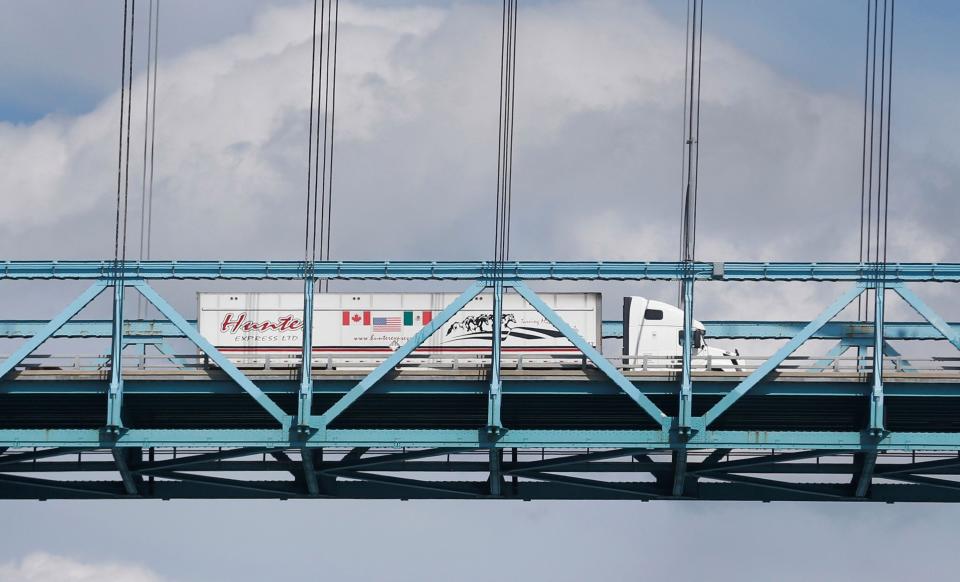Trump is about to unveil his new version of NAFTA

The Trump administration is expected to release the text of the revised version of the North American Free Trade Agreement this evening. It’s the first full-fledged trade treaty negotiated under Donald Trump’s “America First” vision, so free-trade supporters will be poring over it for details of what that means in practice.
One key way in which it scales back free trade: The agreement only includes the US and Mexico, according to reports, as talks with Canada continue. While the country may ultimately join, if it doesn’t, it’s unclear whether Congress would even consider approving the deal. (The US had to file it today in order for Mexico’s outgoing president to sign it before he steps down on Dec. 1.)
For all of those reasons, the document is far from definitive. Still, experts say it will provide some tangible information for businesses and trade officials trying to navigate the uncertainty generated by Trump’s trade policy.
Here’s are a few questions they hope to answer:
How closely does it mirror the Trans-Pacific Partnership, or TPP?
One of Trump’s first actions as president was to withdraw the US from the TPP, which essentially was a revamped version of NAFTA that included nine other Pacific Rim countries.
Many of the topics Trump wanted to include in a new NAFTA—digital trade, for example—were already in TPP. Some are expected to be a copy-paste job in the revised deal, but “until you actually look, you can’t know,” says Robert Wolfe, professor emeritus at Queens University in Kingston, Ontario.
Other provisions will be significantly different from TPP, like those on rules of origin, which spell out how much North American content a product must have to avoid tariffs. The US and Mexico already released an outline of the changes. Some analysts predict they will hurt automakers, consumers, and workers, but can’t assess by how much until the text is out.
What’s Trump’s idea of a fair dispute-resolution mechanism?
The US president kicked off NAFTA negotiations saying he wanted to do away with key elements of the agreement’s dispute-settlement system. Early details about the deal with Mexico suggest he succeeded.
The text should provide more details on how Canada—and other countries that trade with the US—could deal with Trump’s qualms about existing dispute-settlement mechanisms, says Robert McDougall, a senior fellow at the Centre for International Governance Innovation, a Canadian think tank. The Trump administration is also unhappy with how trade fights get sorted out at the World Trade Organization, and has been blocking judges from being appointed to that body’s appeals court.
What will Trump settle for?
It’s clear that Trump wants to restrict trade. The text should offer details on exactly how far he’s willing to go, and to what extent he’s able to compromise. “The real illumination there is in the US negotiating strategy,” says McDougall. “Can they negotiate bilaterally with one party and try to impose it on another party?”
Another key question in need of an answer: What are the Trump administration’s preferred ways to go after trade. Is it focusing on remaking global production chains, so more things are made in the US? Or is it more interested in dismantling trade rules?
“I don’t think anybody thinks that there’s much good coming out of the negotiations,” says Wolfe. What people want to know now is “to what extent it would require any of the participants to change their policies in ways that may be perceived as unfortunate.”
Sign up for the Quartz Daily Brief, our free daily newsletter with the world’s most important and interesting news.

 Yahoo Finance
Yahoo Finance 